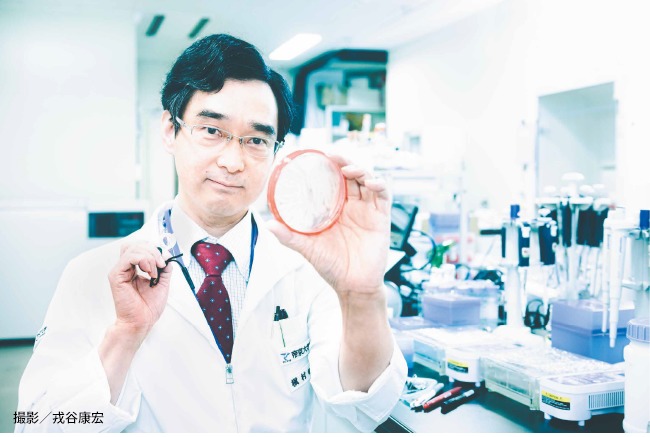
Most people now think of the new coronavirus when they think of infectious diseases.However, infectious diseases are not limited to viruses.Did you know that one pathogen is now causing another pandemic across the ocean?Its name is Candida auris, a type of mold called fungus in medical terms.There are many infected patients in Asia, Europe, North America, etc., and many people die from sepsis.
There are world-class researchers who are the first discoverers and lead fungal research.Professor Koichi Makimura of the Graduate School of Medicine, Teikyo University.It is said that it is preparing for the domestic epidemic of concern in the future, such as developing a genetic diagnosis method that can be carried out quickly and with high accuracy.
When you hear mold, you get a bad impression that it is dirty and unpleasant, but it is indispensable for the global environment and human beings.It breaks down animal and plant carcasses, keeps the soil healthy, and even produces food and medicine.All of them are caused by the action of molds, but there are also molds such as "Candida auris" that are classified as pathogenic fungi that harm human health.
"Inhalation of spores floating in the air and infection causes mold to grow in the lungs, liver, and brain, and the number of deaths from deep-seated fungal diseases is increasing in Japan. It is undeniable that there is an increase in the number of people who can be helped by the advancement of treatment methods such as anticancer drugs, but the number of people who are in an immunosuppressive state due to the treatment has increased, so the origin of the organism has also increased. Given that we humans and molds are closely related, which also makes it difficult to develop drugs that kill only pathogenic fungi. "
It is said that there are millions of molds on the earth, including unknown bacterial species.Professor Makimura has identified genes and obtained patents for the classification.However, I think that there is something that can be understood only by observing it in a "living state". By the way, the impression when I first saw "Candida auris" cultured from a patient is "a sloppy face". I didn't think it was pathogenic. " This is an expression unique to Professor Makimura, who advanced to the medical school because he likes living things.
Professor Makimura aims to establish a basic research and diagnostic treatment system for fungal diseases, but his research interests extend to fungi in outer space.One of the projects currently underway is the creation of lunar soil.We are trying to contribute to terraforming (planetary globalization plan) by coloring the living environment at the lunar base with plants by microorganisms that do not hold fangs to humans.
"The place where mold grows and humans live is the field of research. There are many challenges, but the soil for research is not cultivated in Japan today. As far as I know, there are research institutes related to mold. Currently, there are only a handful of universities, including Teikyo University. In that sense, our research group needs to play a central role, and we would like to conduct joint research between industry, government, and academia. "
Researchers from all over the world gather in the Medical and Fungal Research Group of Teikyo University.Professor Makimura is eager to publish a dissertation summarizing the results in order to further broaden the base. The journey to investigate the problems related to mold is not over, based on the belief of "Kakubutsuchichi".
You can see the research video of Professor Koichi Makimura here.
https://www.youtube.com/watch?v=XaHDuI85la8
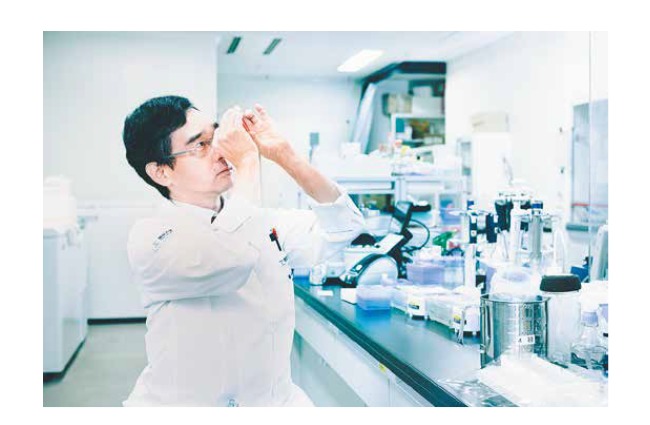 01. Professor Makimura completed the doctoral program (medicine) at Teikyo University Graduate School in 1994, and after working as a lecturer at the Medical and Fungal Research Center of the same university and a professor at the Faculty of Medicine, he has been in his current position since 2012.His main research areas are medical mycology, space environmental medicine, occupational hygiene, and natural history.
01. Professor Makimura completed the doctoral program (medicine) at Teikyo University Graduate School in 1994, and after working as a lecturer at the Medical and Fungal Research Center of the same university and a professor at the Faculty of Medicine, he has been in his current position since 2012.His main research areas are medical mycology, space environmental medicine, occupational hygiene, and natural history.
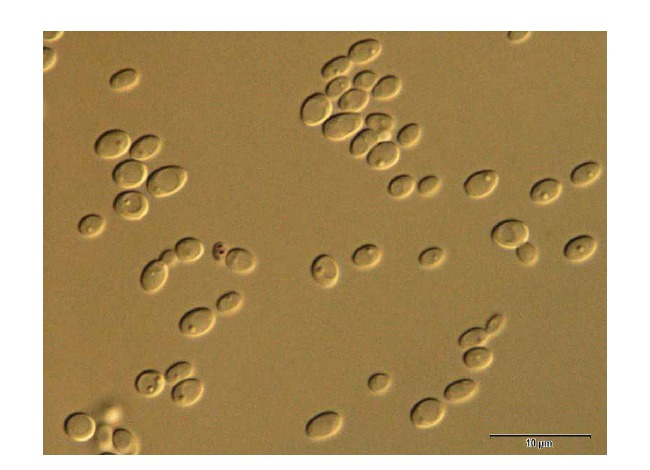 02. The world's first causative agent of pandemic fungal disease "Candida auris".Professor Makimura is the discoverer and name.
02. The world's first causative agent of pandemic fungal disease "Candida auris".Professor Makimura is the discoverer and name.
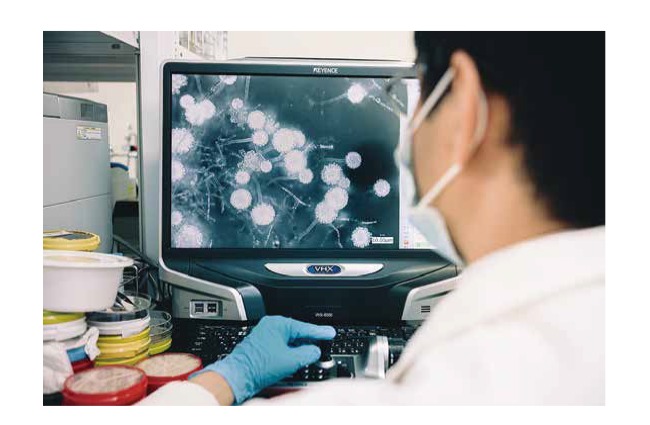 03. Utilizing an advanced "digital microscope" instead of the conventional method of culturing and observing on slides.As a three-dimensional image, we will focus on observing the appearance of "living fungi" such as the growth of hyphae on the medium.
03. Utilizing an advanced "digital microscope" instead of the conventional method of culturing and observing on slides.As a three-dimensional image, we will focus on observing the appearance of "living fungi" such as the growth of hyphae on the medium.
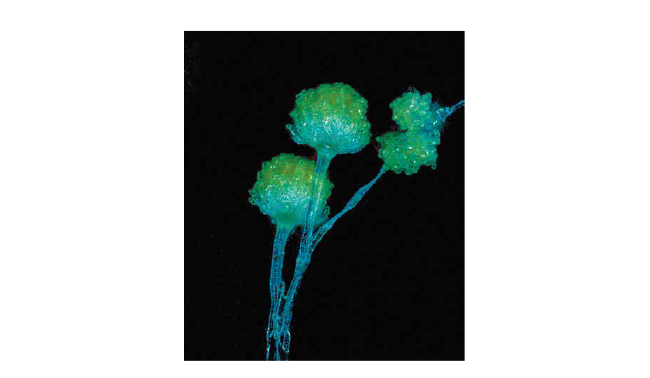 04. Professor Makimura has been fascinated by the beauty of mold since he succeeded in shooting "Aspergillus flavus" alive.The photo book "100 types of medical fungi that I missed in clinical practice" (Medical Science International), which continues to be taken even now and contains the appearance of various fungi, is worth a look.
04. Professor Makimura has been fascinated by the beauty of mold since he succeeded in shooting "Aspergillus flavus" alive.The photo book "100 types of medical fungi that I missed in clinical practice" (Medical Science International), which continues to be taken even now and contains the appearance of various fungi, is worth a look.
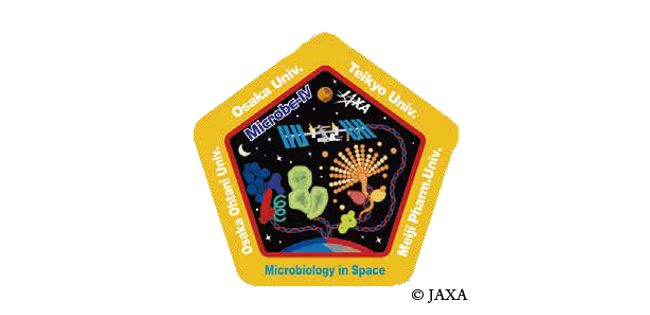 05.This "JAXA mission emblem (decal)" was designed by Professor Makimura himself for a series of missions related to microbial research on board the experimental building "Kibo" of the International Space Station (ISS).
05.This "JAXA mission emblem (decal)" was designed by Professor Makimura himself for a series of missions related to microbial research on board the experimental building "Kibo" of the International Space Station (ISS).
Teikyo University
Headquarters Public Relations Section TEL.03-3964-4162
173-8605-2 Kaga, Itabashi-ku, Tokyo 11-1
http://www.teikyo-u.ac.jp/
